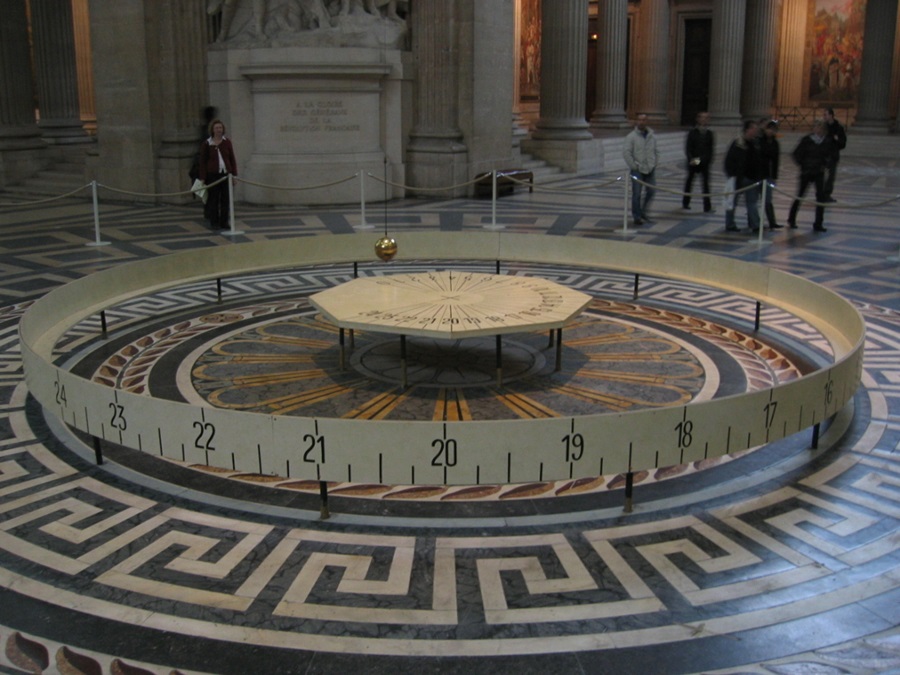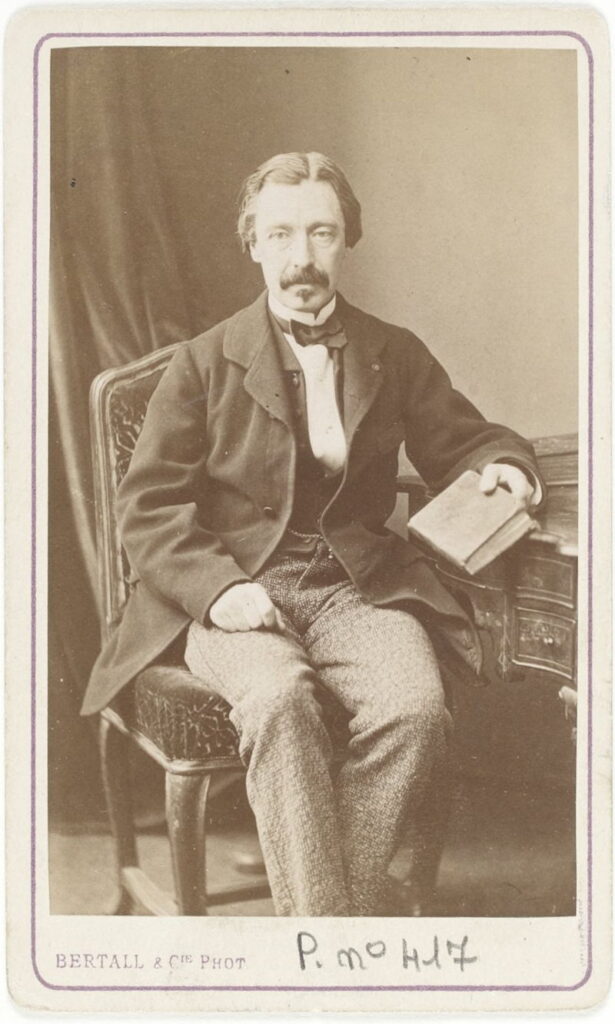- IT HAPPENEDScience
- 18 de September de 2024
- No Comment
- 5 minutes read
The Foucault pendulum

IT HAPPENED
The Foucault pendulum

On September 18, 1819, Jean Bernard Léon Foucault was born in Paris. He was a French physicist, best known for his demonstration of the Foucault pendulum, a device that proved the effect of Earth rotation on its own axis. But this was not, by any means, his only scientific achievement. He alson invented the gyroscope, took the first photographs of the Sun, discovered the Foucault currents – an electrical phenomenon that bears his name – measured the speed of light, which he established at 298,000 km/s, with 0.6% error over the currently accepted value.

He studied high school at the Collège Stanislas in Paris, where he met and became friend of Hippolyte Fizeau – also a prominent physicist –, although they later became rivals. He began studying medicine at the University, becoming interested in the studies of the bacteriologist Alfred Done on microscopic anatomy, but abandoned medicine and moved for physics, apparently because he developed a phobia of blood.
In 1851, inspired inspired by observing a thin flexible rod on the axis of a lathe, which vibrated in the same plane despite the rotation of the supporting frame of the lathe, he carried out his most spectacular experiment, which brought him great popularity beyond the strictly scientific field. He built a gigantic spherical pendulum in the Pantheon in Paris – he had previously tested it at the Observatory – with a 28kg cannonball covered in brass, hanging from a 67-metre cable and a period of 16 seconds. A circular pool of 3m radius filled with sand was placed under the suspension point. The sand was swept by the metal needle placed at the bottom of the cannonball. The result was that the pendulum’s oscillation plane rotated clockwise.
If we place a circular platform at the base of a swinging pendulum and make it rotate, the plane of the oscillations is not altered from the perspective of an inertial observer, but it is for a non-inertial observer, that is, one placed on the rotating platform, since the oscillations will precess on the axis of rotation of the pendulum, in the opposite direction to the rotation of the platform. And this is, neither more nor less, the demonstration of the rotational movement of the Earth. If we had placed the pendulum at the North Pole, the Earth would have rotated 360o of the pendulum every 24 hours. Being at another latitude, and depending on which one it is, the time is longer than at the Pole. The plane of oscillation of the pendulum in Paris rotated 11o per hour, so that it completed the circle in 32.7 hours. For an observer placed “on” the Earth, the plane of oscillation is contrary to that of the rotation. It is actually an apparent effect, because it is not the pendulum that moves, but the base in a clockwise direction. An inertial effect in which the enormous mass suspended from a cable placed at a great height allows the pendulum to maintain its initial direction indefinitely. With an electromagnet, the oscillating movement can be perpetual.
The pendulum was later transferred to the Museum of Arts and Crafts in Paris, returning to the Pantheon in 1902. Today, an original copy of the pendulum is still in operation under the dome of the Pantheon.
Léon Foucault received numerous awards and prizes throughout his life for his scientific activity. He died in Paris on February 11, 1868, at the age of 48, a victim of what appears to have been rampant multiple sclerosis. He is buried in the Parisian cemetery of Montmartre.
Source: educational EVIDENCE
Rights: Creative Commons

